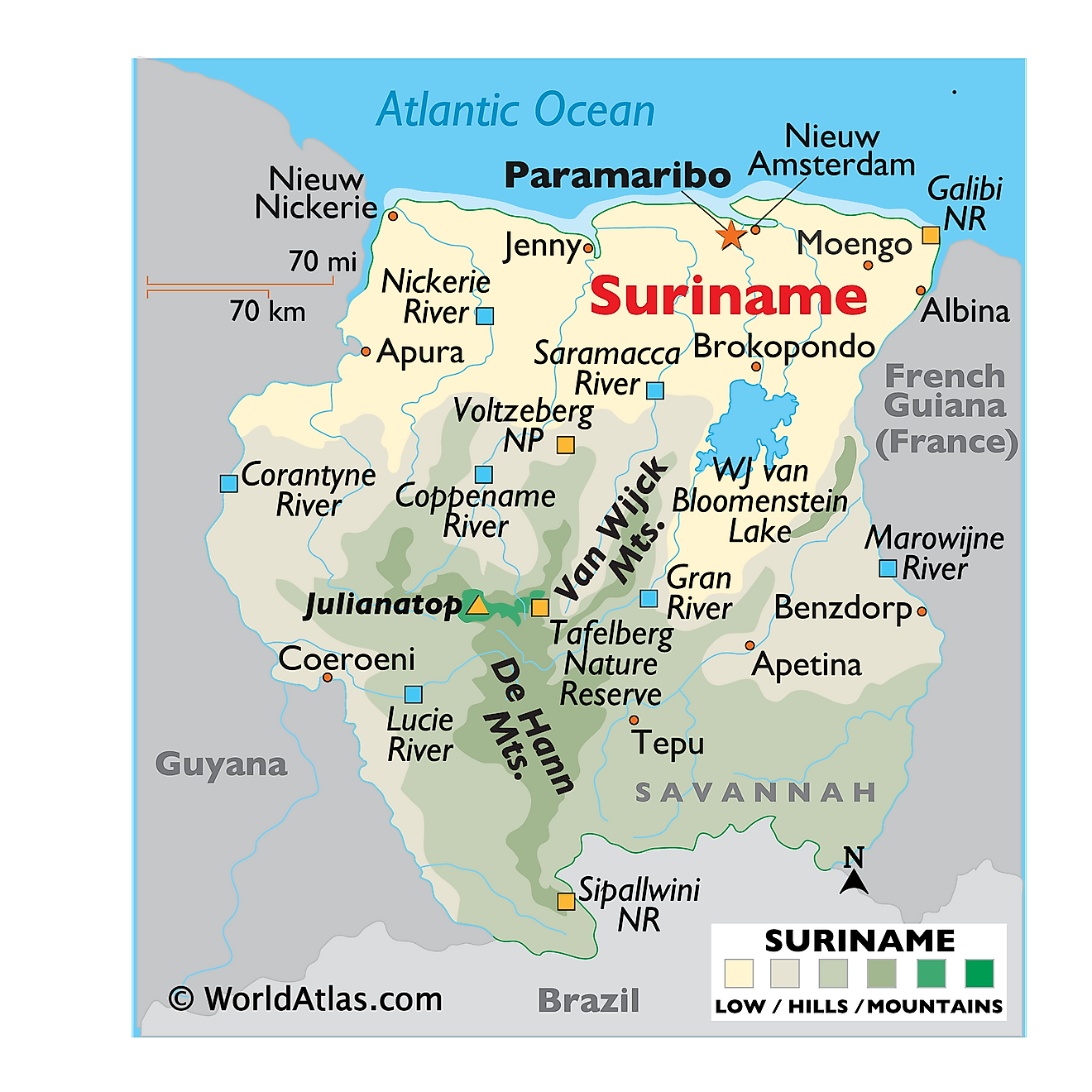1) India Australia RISE Accelerator program: Atal Innovation Mission (NITI Aayog) and Australia’s national science agency (CSIRO) launched Rapid Innovation and Startup Expansion (RISE) accelerator program.
- It will support Australian and Indian circular economy startups and small-to-mid-sized enterprises (SMEs).
- A circular economy entails markets that give incentives to reusing products, rather than scrapping them and then extracting new resources.
- Program will be delivered virtually with opportunities to travel between both countries.
- Participating startups may also be eligible for up to Rs. 40,00,000 in non-equity grants.
2) Lancet Countdown on Health and Climate Change report 2023:
- Key highlights
- Global potential loss of income from the reduction in labour capacity due to extreme heat was $863 billion in 2022.
- It affected low and medium Human Development Index countries the most (particularly agricultural sector), exacerbating global inequities
- Climate change is exacerbating food insecurity by undermining crop yields, threatening food security of populations dependent on marine resources, etc.
- Recommendation:
- Health-centred approach to address climate crisis,
- Just, equitable, and rapid phase-out of fossil fuels, etc.
3) Ghol or Black spotted Crocker: Gujarat declared Ghol species as the state fish at the Global Fisheries Conference India 2023.
- Ghol fish is widely distributed in Indo-Pacific from Persian Gulf to Pacific Ocean.
- Its swim bladders are highly priced because of their medicinal and commercial values.
- It is exported to countries of south-east Asia (Hong Kong, Singapore and Malaysia).
- Usage:
- To prepare isinglass (a form of collagen used mainly for the clarification of wine and beer).
- Traditional medicine (believed to prevent bleeding in patients with urinary problems).
- Cosmetics
4) Gambusia (mosquitofish): A new study has revealed that two species of mosquitofish, Gambusia affinis and Gambusia holbrooki, have invaded various ecosystems across India.
- The species has been widely introduced worldwide as a form of biological mosquito control; it feeds on mosquito larvae.
- Native: to the U.S
- Habitat: shallow waters and penetrate dense vegetation growth where larvae and pupae hide.
- It is among the prominent invasive alien species.
- In 1928, Gambusia was first introduced in India during British rule.
Places in News:
1) Suriname (Capital: Paramaribo):
- An illegal gold mine collapsed in Suriname.
- Political Features:
- Located on the northern coast of South America and is not landlocked (opens into Atlantic Ocean).
- Bordering nations: French Guiana (east), Brazil (south), and Guyana (west).
- Geographical Features:
- Vegetation: Majorly Tropical rainforest.
- Major rivers: Marowijne, Corantijn (Courantyne), Coppename, Suriname, etc.
- Highest Point: Juliana
- Top Minerals: One of the top producers of Bauxite in the world

